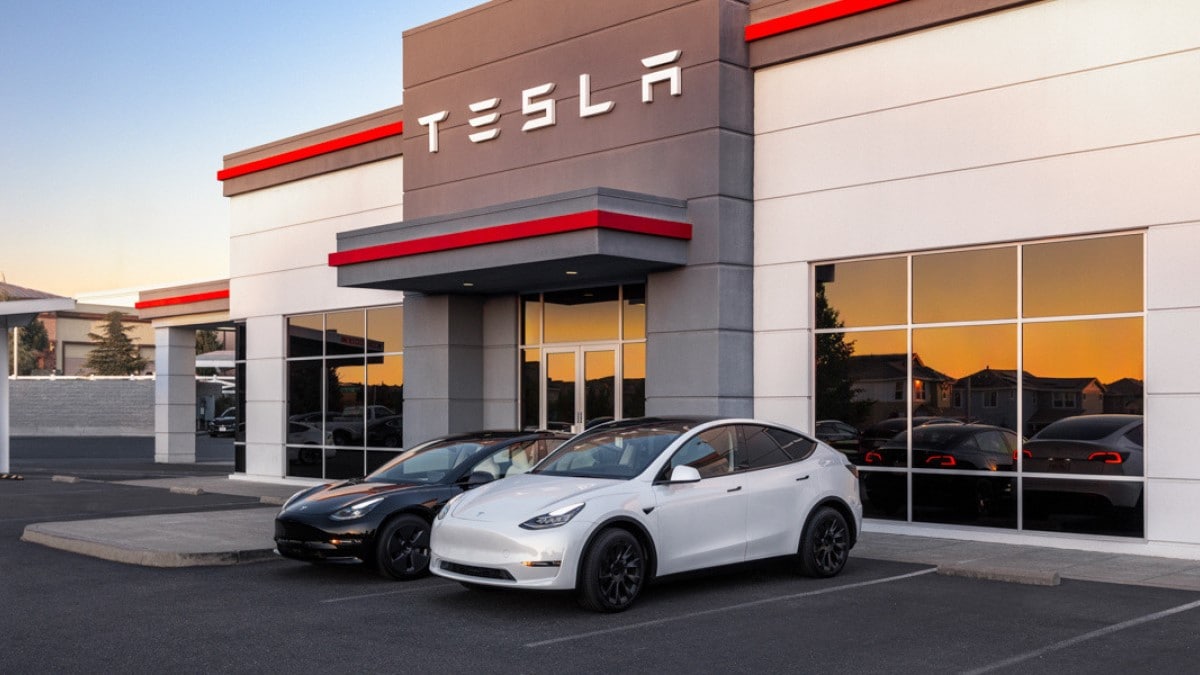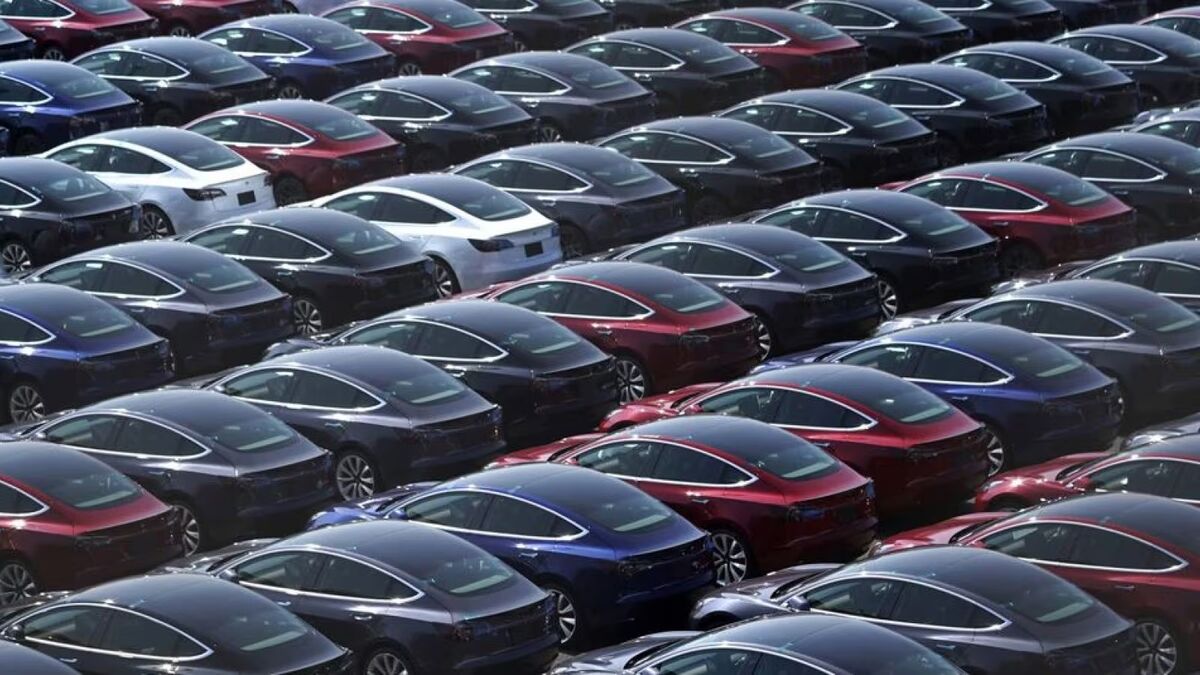If you’re considering an electric car, you’ve probably heard the news by now: You could get up to $7,500 back from the federal government. But there’s a catch — no one seems to know if it will work for the car you want 35 days from now.
The rules change on Jan. 1, and the auto industry seems to have little idea what the new rules will mean. Some cars that qualify for the credit today could lose their eligibility; however, they may gain it back piecemeal as 2024 goes on.
Why? Because a provision in the law that makes the rules stricter each Jan. 1 for several years. We reached out to most automakers, and almost none could tell us whether they will have any vehicles that qualify for the credits come Jan. 1, 2024.
Battery Requirements Ladder Up Every Year
The current tax credit system was created by the Inflation Reduction Act (IRA) signed in 2022. When it comes to electric vehicles (EVs), the law had two goals — spur more Americans to buy them and force the auto industry to build EV supply chains outside of China.
When the act was signed, China dominated the global EV battery trade. The IRA sought to help America and its major trade partners build their own supply chains to compete.
To qualify for the credit, an EV must be built in North America, and its buyer must be below specific income caps.
After that, the law split the credit into two parts.
Rule One: Battery Components
A buyer can qualify for $3,750 worth of the credit today if at least 50% of the car’s battery was built in North America.
That requirement ladders up over time, jumping to 60% on Jan. 1, 2024. It will stay there for two years, then increase by 10% every year until 2029, when automakers must build batteries entirely in North America.
Rule Two: Battery Minerals
EV batteries use certain critical minerals. Some are rare. Others are common in geology but not traditionally mined in the quantities America will need to power millions of EVs.
A separate ladder applies to minerals. A buyer can qualify for the second half of the credit — another $3,750 — if the car’s battery consists of at least 40% minerals mined in the U.S. or a country with which the U.S. has a free trade agreement.
That requirement also ladders up, jumping to 50% on Jan. 1, 2024. It increases by 10% annually until 2027, topping out at 80%.
Law Slowly Moving The Industry Stateside
Since the law’s passage, automakers have been working to move their supply lines outside of China. It takes time to develop new mines, processing facilities, and supply chains to build batteries outside China. So, the process has been slow.
But the difference between a $40,000 price and a $32,500 price is significant. It routinely impacts Kelley Blue Book recommendations. Shoppers looking for an electric SUV might prefer the Kia EV6 to the similarly priced Tesla Model Y. But the Model Y qualifies for a $7,500 tax credit, and the EV6 doesn’t. That’s enough to make the Tesla a better buy for many.
Automakers know it. To stay competitive, global automakers have been moving factories to the U.S. (including Kia).
Some — Maybe Many — Cars Will Lose Eligibility
But it’s unclear which crop of current EVs will qualify for the tax credit just over a month from now.
We asked every automaker with a current qualifying vehicle whether the car would qualify for the tax credit come Jan. 1. Just one could promise no change.
Chrysler tells us the company “does not expect changes to the Pacifica’s $7,500 IRA tax credit in 2024.”
Everyone else declined to answer or hedged their bets.
Ford is still working on an answer to the question. We will update this story when they provide a list.
General Motors says the company “will do everything we can to maintain and expand our vehicles’ eligibility.” Volkswagen tells us they’re waiting on guidance from the Treasury Department. Tesla doesn’t answer reporters’ questions, but a warning on the order page for the company’s cars today says the credit is “expected to reduce to $3,750 on Dec 31 pending federal guidance.”
Even Rivian — a company that builds nothing but EVs — responded to our question about 2024 eligibility by assuring us that some of its vehicles are eligible in 2023.
Cars That Lose It Could Regain It At Any Time
Shoppers who can afford to wait should know that vehicles could regain eligibility as quickly as they lose it.
Automakers are shifting their supply chains regularly to help more cars qualify. If a company worked out new supply contracts for minerals later in the year, the percentage of battery components could change. New cars might be eligible at any time.
Let Uncle Sam Pay Your Down Payment
One change in the law is certain, and it’s the one earning most of the media coverage. It’s also, not coincidentally, the easiest part to understand.
In 2023, buyers had to claim the tax credit on their taxes. That required them to have the money up front or borrow it, then claim the rebate the next time they filed taxes.
Beginning Jan. 1, that changes. Buyers will be able to use the credit instantly as a down payment. The federal government will transfer the credit to the dealership instead of waiting for the buyer to claim it.
Lease Loophole Should Still Work
Shoppers buying a car face a confusing landscape of vehicles that qualify and cars that don’t. Shoppers leasing a car can skip all of that.
The IRS lets leased EVs qualify for the full credit no matter where the car is built, or where its battery comes from. We don’t expect that rule to change.
But those looking to buy a qualifying EV should know that there’s a good chance its price will increase by up to $7,500 on Jan. 1, and no one knows when it may come back down.








